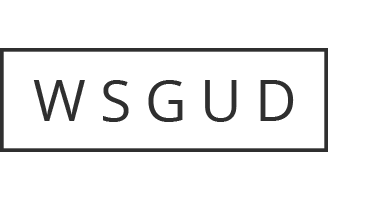Oct 11, 2014 Investment Education: Be skeptical of Wall Street Recommendations
This is Bill Pike with another one-of-a-kind experience that informed my investment analysis throughout my career.
At one point in my career I transitioned from analyzing public companies to looking at private placements. Analyzing private securities is different from analyzing publically traded securities because management of a private company does not have the public disclosure limitations and rules that a public company must adhere to.
Here’s the story.
While I was still analyzing public companies, I followed the aerospace industry, and therefore I was familiar with many companies that made components for Boeing. One company I followed, lets call it ACOM, made very expensive, high-tech sub-assemblies for Boeing, and also made low-tech, cheaper components for other companies.
As coincidence would have it, after I became a private company analyst, one of the first companies I was asked to look at was also in the aerospace components business. I saw a unique opportunity to learn, and here is what I did. First, I visited the company in which we had a private placement, we’ll call it BRAM. As a private company, BRAM management was very open about teaching me how the industry really worked, and gave me unexpected insight into product line profitability, well beyond what I had known when I was looking only at public companies. It became clear that high tech components were very profitable, and the low tech components were likely losing money.
After completing my day at BRAM, I went to see ACOM. ACOM knew me as a public company analyst, and had no idea that I had just visited BRAM. At ACOM, I asked questions like a public company analyst, not revealing any insights I had learned at BRAM. Based only on that meeting with ACOM and publically available financial statements, it appeared that there was not much difference in the profitability of ACOM’s high tech components division, and their low tech components. Had I not met with BRAM, I would have had no reason to doubt this. Toward the end of the ACOM interview, I dropped a little bomb. While not revealing the reasons for my insights, I suggested to the ACOM exec that it seemed to me, based on publically available information, that ACOM’s high tech division was far more profitable than the low tech division. The exec looked at me funny and asked me why I thought that. Of course I replied that it was my own conclusion. Nevertheless, the exec clammed up and I got little else from the interview.
Then I went to visit a Wall Street analyst who closely followed ACOM. In fact, the analyst’s firm was the investment banker for ACOM, so likely he would know ACOM well. We discussed ACOM and looked at his breakdowns of sales and profits by division. These showed similar profitability between the high tech and low tech division. Toward the end of the meeting, I again dropped a bomb. I told the analyst that it seemed to me that his model was off, and I thought that the high tech division was far more profitable than the low tech division. The analyst’s reply was – “Mr. Pike, we are ACOM’s investment bankers. You can be sure I am very close to this company and my division breakdown and forecasts are quite accurate.” I thanked him for his time and left.
At this point I was sure that I was right and the vast majority of ACOM’s profits, perhaps all, came from the high tech division. If so, this was going to be a problem for ACOM, because a number of Boeing’s major aircraft programs were winding down. As a result, my forecast was that ACOM’s profitability was falling, and within a year or two ACOM would likely be losing money. The right investment decision, then, was to short sell ACOM stock in my own account, that is, bet that ACOM stock was going down.
However, I did not. Arguably, my insight into the coming problems for ACOM was based on inside information. That’s actually moot, because I got no inside information directly from ACOM. But lest I be accused of trading on inside information, it was better to stay away from the stock. Note: it is illegal to trade on inside information, but it is not illegal to possess inside information. For me, the insight into what I could not possibly have known without the inside information from BRAM, was far more valuable for my career going forward than any profit I might have made shorting the stock.
I don’t know if the Wall Street analyst was just plain wrong, or if he was lying to me. Whichever it was, this was another lesson in skepticism that served me well for the rest of my career.
For more information about private placements, short-selling, and more, please visit our website and blog at www.whystocksgoupanddown.com





No Comments